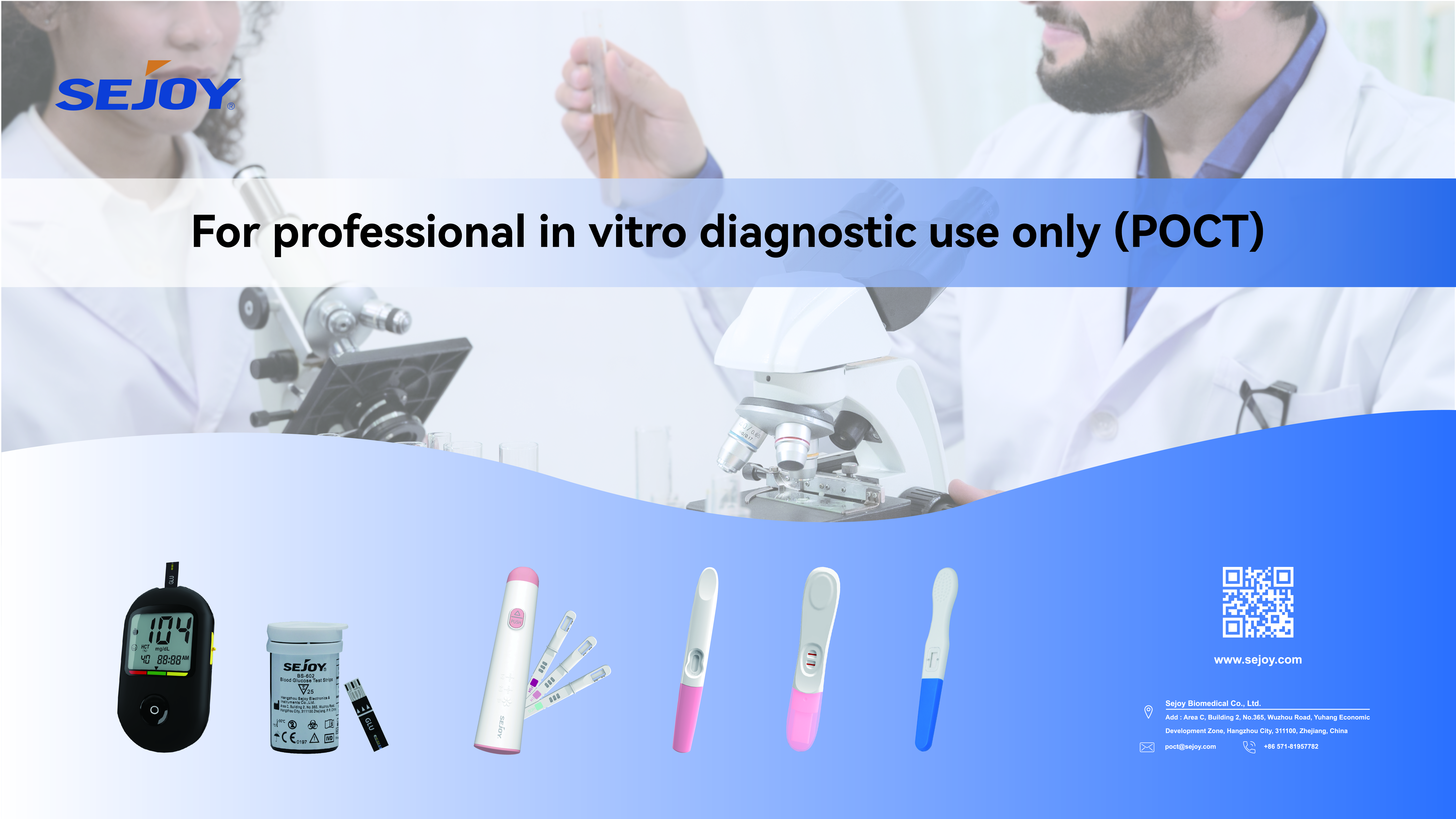In vitro diagnosis, also known as IVD (In Vitro Diagnosis), refers to products and services that obtain clinical diagnostic information by testing human samples (blood, body fluids, tissues, etc.) outside the human body, in order to determine diseases or body functions.
In vitro diagnosis, known as the “doctor’s eye” in the medical field, is an important component of modern laboratory medicine. Clinical applications run through the entire process of disease prevention, preliminary diagnosis, treatment plan selection, efficacy evaluation, and other disease treatments, providing doctors with a large amount of useful clinical diagnostic information. It has increasingly become an important component of human disease diagnosis and treatment.
Simply put, in vitro diagnostic products refer to reagents, instruments, consumables, etc. used for in vitro testing of samples taken from the human body (such as blood, urine, cerebrospinal fluid, tissue fluid, etc.), in order to provide information for the diagnosis and treatment of diseases.
There are many types and varieties of in vitro diagnostic products, including instruments and test kits used by hospital laboratories, as well as blood glucose meters, blood glucose test strips, and early pregnancy test strips used for home self-test.
In vitro diagnostic products play an important role in human health assessment, auxiliary diagnosis and treatment monitoring of diseases, and prevention and monitoring of public health emergencies. The testing information provided by in vitro diagnostic products accounts for more than 60% of all medical information such as diagnosis and efficacy of patients. It is difficult to imagine that doctors can successfully complete medical actions without the information provided by in vitro diagnostic products.
Post time: May-14-2024



